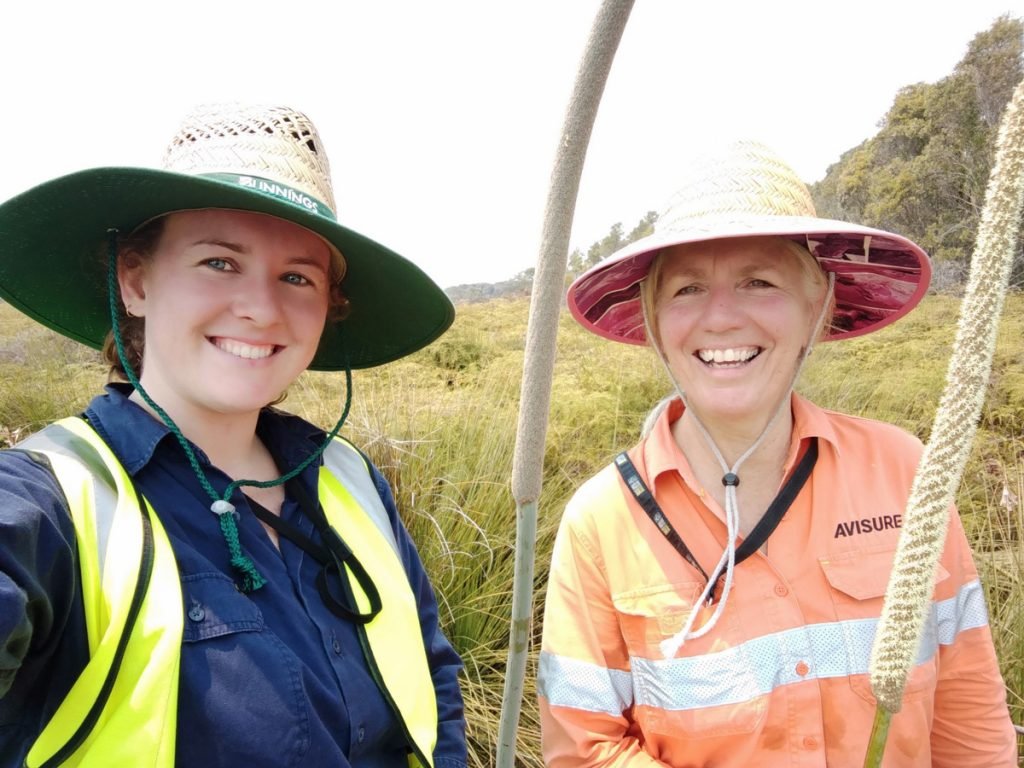Native and introduced flora species can have an impact on wildlife populations in Australia as they can provide a source of food and shelter. Grass trees (Xanthorrhoea sp.) are a native Australian species that have been known to attract hazardous species, such as flying-foxes, when they flower. Some airports in Australia have grass trees in their airside boundary, and when they bloom, their flowers provide sticky nectar that attracts flying-foxes, lorikeets, and honeyeaters to the airside environment.
Avisure has assisted Gold Coast Airport in removing grass tree flower inflorescences (a cluster of flowers on a branch or series of branches—in the case of grass trees a flower ‘spike’) since 2010 to reduce wildlife attraction to the airside environment. Due to the grass tree’s slow growth rate, the number of inflorescences each year varies, so the need to undertake management is monitored during regular surveys and inspections. Avisure found that each time the inflorescences are removed the grass trees did not flower the following year.
Passive management aims to remove the motive for wildlife to be airside. If food resources are reduced airside, and in the vicinity of an airport generally, then wildlife will be less inclined to be airside and will look for food elsewhere. Airports should not only have effective active management in place, but also have effective passive management strategies to reduce wildlife risks. Grass tree inflorescence removal is an effective short-term passive management strategy to reduce wildlife attraction. Following the removal works in November 2019, the viable flowers were collected and taken to the Currumbin Wildlife Hospital for feeding flying-fox patients during a time of intense drought.

